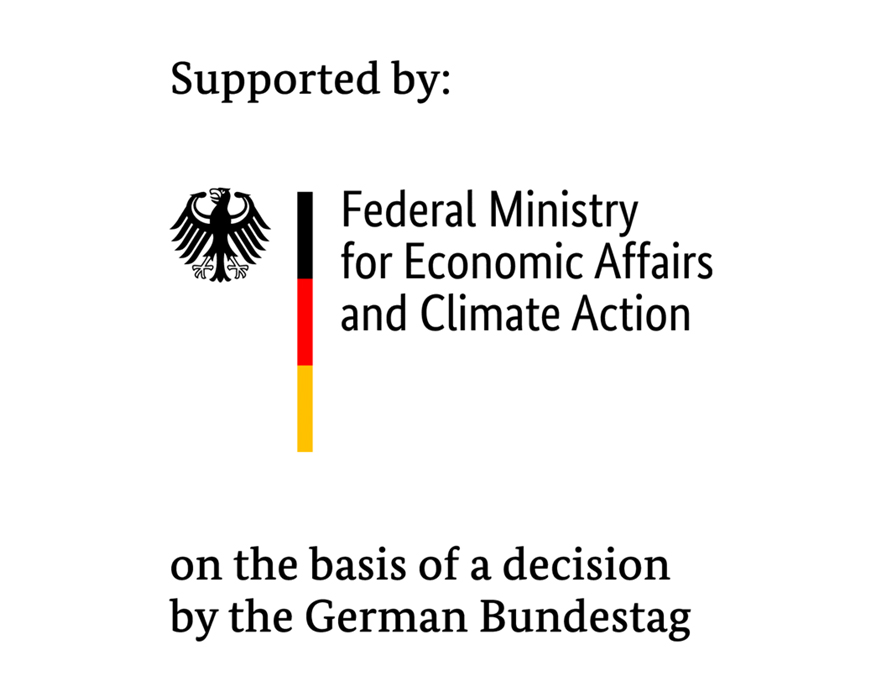| Funding: | BMBF |
| Total funding: | 150,000 EUR |
| Partner: | Fraunhofer IWES (project coordination); Institute for Energy, Recycling and Environmental Protection at Bremen University of Applied Sciences |
| Laufzeit: | 10/2021 – 06/2022 |
- Wind turbines must be dismantled at the end of their useful service life. Their components are recycled.
- The rotor blades made of fiber composite materials in particular represent an enormous challenge in this respect.
- Consequently, the aim of the concept phase of the KoReNaRo project is to develop an economically feasible disposal strategy that improves the quality of the recycling and thus creates a market for the associated secondary products.
- A dismantling and recycling plant should also be designed with the aim of high-quality recycling of the rotor blades.
Wind turbines are already an important pillar of energy supply and are expected to take over significantly larger shares of the power supply in the future. At the same time, thousands of turbines are reaching the end of their calculated service life. Recycling of the materials used is therefore becoming an ever more important topic.
Accounting for approx. 97 percent of the total weight, concrete and steel make up the lion’s share of a wind turbine and can also be well recycled. However, there are also other materials in rotor blades and the cladding of the hub and nacelle, especially fiber composites with carbon and glass fibers. Currently, the initial treatment and recycling of rotor blades is largely based on the experience gained by dismantling companies; However, scientifically validated concepts for recycling methods allowing higher-quality recycling are lacking. At the same time, the market for recovered secondary products still needs to be developed. This is precisely where the KoReNaRo research project comes in.
The project partners are developing comprehensive concepts to make it possible to recycle rotor blades considerably better in the future. The aim is to draft an economically feasible disposal strategy allowing as high a recycling quota as possible and thereby enabling a sustainable circular economy.
The concept phase comes first and consists in planning the work to be performed in the implementation phase. Existing methods for recycling rotor blades are also investigated and further developed, plus the economically feasible use of the recovered secondary products checked. In addition, a dismantling and recycling plant should also be designed that is able to ensure high-quality recycling of the expected rotor blades.
The aim of the implementation phase, for which a funding decision is still outstanding, will then be to construct a recycling center for rotor blades managed by an industry consortium.
